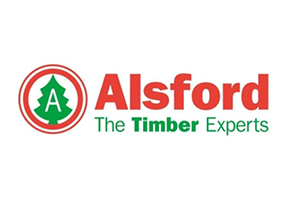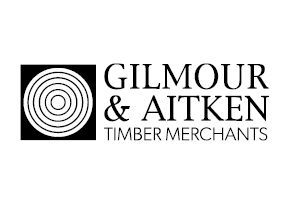26 September 2017
Giving exposed exterior wood panels a long and robust life

Wood-based panels are a popular choice in demanding exterior situations, but if they are not correctly specified, detailed, installed and maintained, they can be vulnerable to decay and damage.
Exterior use covers a wide-range of situations – from full exposure to wetting by salt or fresh water to occasional risk, such as soffits under porches and lorry decks.
Rain, wind, frost, wet soil and fluctuations in humidity and temperature can greatly affect the performance of wood-based panels. So too can sunlight, fungal organisms, insects and chemical pollution.
TRADA’s revised Wood Information Sheet (WIS 2/3-11): Specification and use of wood-based panels in exterior situations is packed with useful advice on protecting against water damage, enhancing durability and preserving appearance. It includes new sections on compliance with the Construction Product Regulation (CPR), as well as an update on factory applied finishes/modifications.
There is also an update on BS EN 350, which states that laboratory-tested wood-based materials, preservative-treated wood-based panels and modified wood can be directly assigned to a durability class.
Members can download a free copy of Wood Information Sheet: Specification and use of wood-based panels in exterior situations. If you are not a member, WIS sheets are available to purchase online in PDF and hardcopy at the Bookshop.
 |
 |
 |
Join TRADA today and benefit from unlimited access to hundreds of authoritative guides, research and publications. No timber question is too big or too small for TRADA’s friendly panel of experts. Check out our answers to your most FAQs on topics such as cladding, decking, fire doors and much more. Members can pick up the phone or email us for free, confidential advice on +44 (0)1494 569601 or advisory@trada.co.uk
Changes to this Wood Information Sheet include: updates on BS EN 350 and the possibility for preservative treated and modified wood products to be tested and classified; a new section on factory-applied modifications; and an update on the Construction Product Regulation (CPR).























